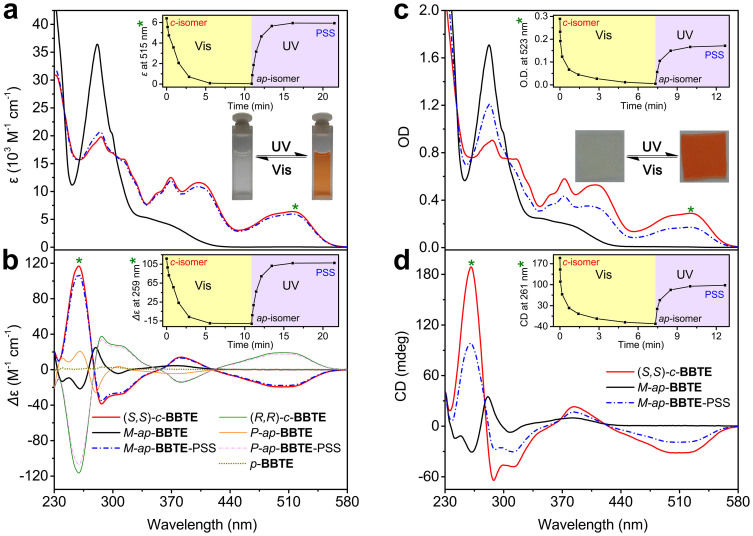Figure 3. Light-induced spectral changes in enantiospecific photoreactions of c-BBTE and ap-BBTE.
Absorption (a) and CD spectra (b) of (S,S)-c-BBTE, M-ap-BBTE, and PSS of M-ap-BBTE under irradiation of UV light (λ = 280 nm) in CH3CN. Absorption (c) and CD spectra (d) of (S,S)-c-BBTE, M-ap-BBTE, and PSS of M-ap-BBTE under irradiation of UV light (λ = 302 ± 20 nm) in poly(D/L-lactic acid) film (PDLLA, Mw = 2.5 × 105, 1.0 wt%, 35 μm in thickness). (R,R)-c-BBTE, P-ap-BBTE, and p-BBTE are also presented in b for comparison. Insets in a and b: spectral changes of absorption at 515 nm (a) and CD at 259 nm (b) upon irradiation of (S,S)-c-BBTE with visible light (λ > 470 nm) and then UV light (λ = 280 nm). Insets in c and d: spectral changes of absorption at 523 nm and CD changes at 261 nm upon irradiation of (S,S)-c-BBTE with visible light (λ > 470 nm) and then UV light (λ = 302 ± 20 nm). Photos in a and c show the colour changes upon irradiation with UV and visible light, alternatively. OD represents ‘optical density'. The cycloreversion under visible light is fully complete, and the photocyclization under UV light is incomplete, with conversion ratios of 92% in CH3CN and 59% in PDLLA, calculated from absorption spectra.

